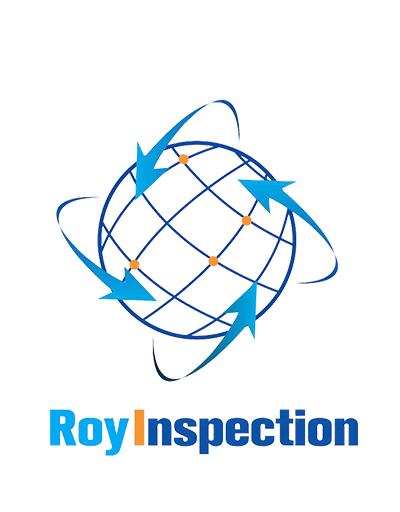Why Furniture Inspection is VitalFurniture is an essential part of our lives, and we use it every day. However, many people underestimate the importance of furniture inspection. In reality, furniture inspection is critical for many reasons, and it can help prevent injuries, ensure quality, and save money.What is Furniture Inspection?Furniture inspection involves examining furniture items to ensure they are of the right quality and free of defects that can affect their safety, comfort, and functionality. It usually involves checking for damages, structural issues, and defects in the design and production of furniture items. Additionally, furniture inspection can identify pieces that may contain hazardous materials such as lead, formaldehyde, or toxic dyes.The Role of Furniture Inspection in SafetyFurniture inspection plays a crucial role in ensuring safety in homes and workplaces. It can identify potential hazards such as sharp edges, loose parts, and unstable structures, preventing injuries caused by furniture accidents. Additionally, furniture inspection can identify problems with flammable materials, preventing potential fire hazards.Benefits of Routine Furniture InspectionPerforming regular furniture inspection can benefit both homeowners and businesses by avoiding costly repairs, extending the lifespan of furniture pieces, and identifying issues that can affect their overall quality. When performed by professional inspectors, furniture inspection can help detect defects early on, allowing repairs or replacements to be made before the problem becomes worse and more expensive to fix.Professional Furniture InspectionProfessional furniture inspectors are specially trained to analyze furniture items in-depth and identify issues that may not be immediately noticed. They use specialized equipment and techniques to assess the safety and quality of the furniture fully. Moreover, professional furniture inspection can provide an impartial, unbiased assessment of furniture items, giving clients a reliable and comprehensive evaluation of the furniture's condition.Ensuring Quality with Furniture InspectionFurniture inspection is also a vital tool for ensuring quality. By identifying potential issues early on, furniture inspection can prevent poor quality items from being distributed and sold. This helps enhance the credibility of furniture manufacturers and vendors and assures customers they are buying well-made, reliable products.Furniture Inspection StandardsFurniture inspection standards are guidelines developed to ensure consistency and quality in furniture manufacturing and inspection. They set specific requirements and guidelines for furniture items' design, production, and inspection to ensure they meet safety and quality standards. Regulatory bodies, such as the Consumer Product Safety Commission (CPSC), also develop standards and guidelines for furniture inspection to prevent injuries and fatalities caused by faulty or unsafe items.The Future of Furniture InspectionFurniture inspection is becoming increasingly essential as consumers become more aware and concerned about the safety and quality of the products they purchase. With greater technological advancements, furniture inspection can become more efficient and more accurate and can help identify potential hazards more effectively.ConclusionFurniture inspection is crucial for ensuring safety, quality, and longevity of furniture items. It plays an essential role in preventing injuries, identifying defects, and ensuring reliable and well-made products. Regular furniture inspection, particularly when performed by a professional inspector, can help detect potential issues early on, saving time and money in repairs and replacements.Quote InquiryContact Us Now!










